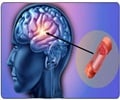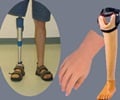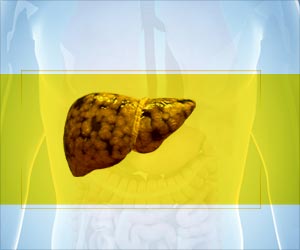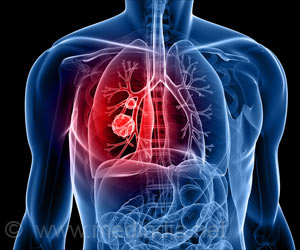Scientists working on a paralysis cure said they had demonstrated how a monkey can use only its thoughts transferred by electrodes to manipulate another sleeping monkey's actions.
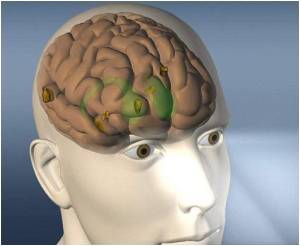
"We demonstrate that a subject can control a paralysed limb purely with its thoughts," co-author Maryam Shanechi of Cornell University's School of Electrical and Computer Engineering told AFP of the study in the journal Nature Communications.
The discovery "could have the potential to help paralysed patients regain control of their own limbs."
In lab tests, a team of engineers and neuroscientists used electrodes to connect the brain of one monkey to the spinal cord of another via a computer that decoded and relayed the neural signals.
The first monkey, dubbed the "master", was placed in a special chair before a computer screen that showed a cursor and a green circle that alternated between two spots. The monkey's head was restrained.
The second animal, or "avatar", was fully sedated in a separate enclosure -- its arm strapped to a 360-degree joystick with which to move the cursor and chase the circular target on the "master's" screen.
Advertisement
Every time the cursor hit its target, the master received a squirt of juice as reward.
Advertisement
Previous research into so-called brain-machine interfaces (BMI) had shown people move computer cursors or even robotic arms using their thoughts.
Shanechi and her team claim they are the first to give an animal control over the actual limb of another animal.
The findings "provide a proof of concept that just by thinking, subjects can move an arm in two dimensions" even with no physiological connection between the brain and the muscle, she said.
Paralysis can be caused by damage to the central nervous system, especially the spinal cord, by stroke or diseases like Parkinson's or an accident.
Scientists are keen to find a way for paralysed people to move their own limbs in a natural way, but have found it difficult to read the brain signals that control the complex functioning of the muscles.
Previous BMI research has allowed only repeated movements to the same target over and over again, or on a single line, said the study authors.
What is different this time: Shanechi and her team decoded the brain signals the monkey directed at his on-screen target rather than trying to decipher the detailed step-by-step processes required to achieve the movement.
- High precision -
The primate pair, interchangeably master and avatar, hit the target in about 84 percent of cases, the researchers said.
Also new was the use of separate monkeys, which "more closely mimics true quadriplegia", said co-author Ziv Williams of the Harvard Medical School's Center for Nervous System Repair.
In connecting the brain and muscles of a singular animal, scientists can never be sure how much of the movement achieved is "confounded by possible sensory feedback of preserved muscle contractions", he explained.
Bernard Conway, head of biomedical engineering at the University of Strathclyde in Glasgow, commented that the research was "a key step forward" in identifying a paralysed subject's intention or desire to perform a specific movement and translating that into action.
University of Warwick biomedical engineering professor Christopher James added the findings had "profound implications... for controlling limbs in spinal cord injury, or controlling prosthetic limbs with limb amputees."
It was not clear how well the findings in sedated monkeys could be replicated in truly paralysed patients whose muscles have become weak with disuse.
Source-AFP

